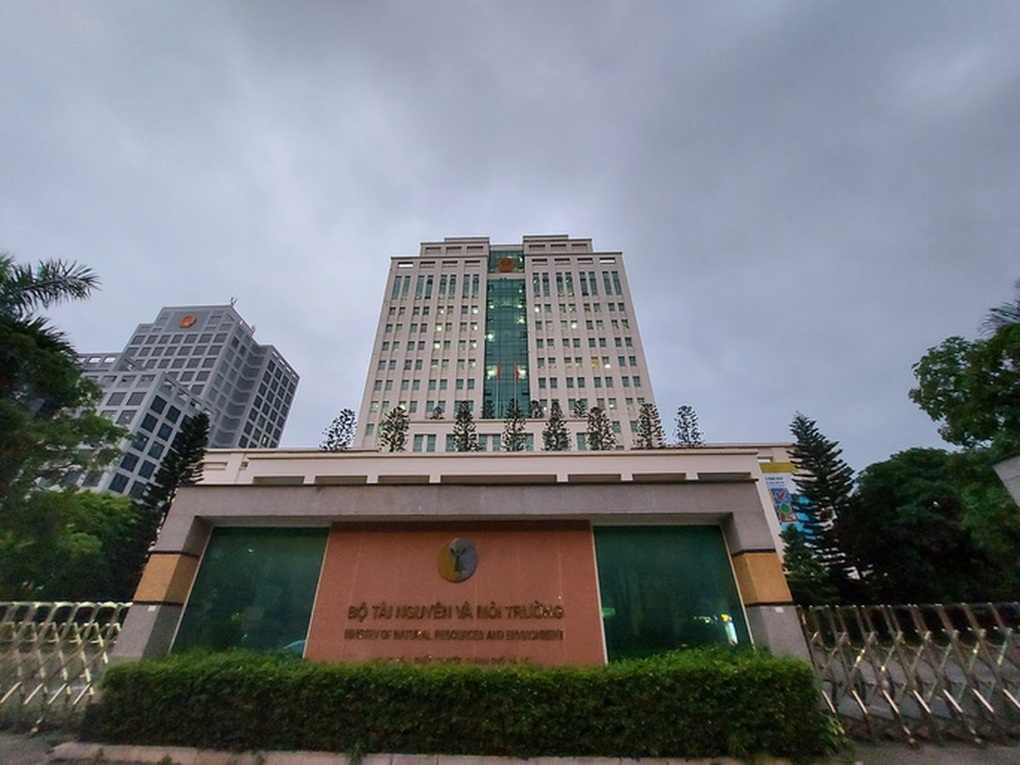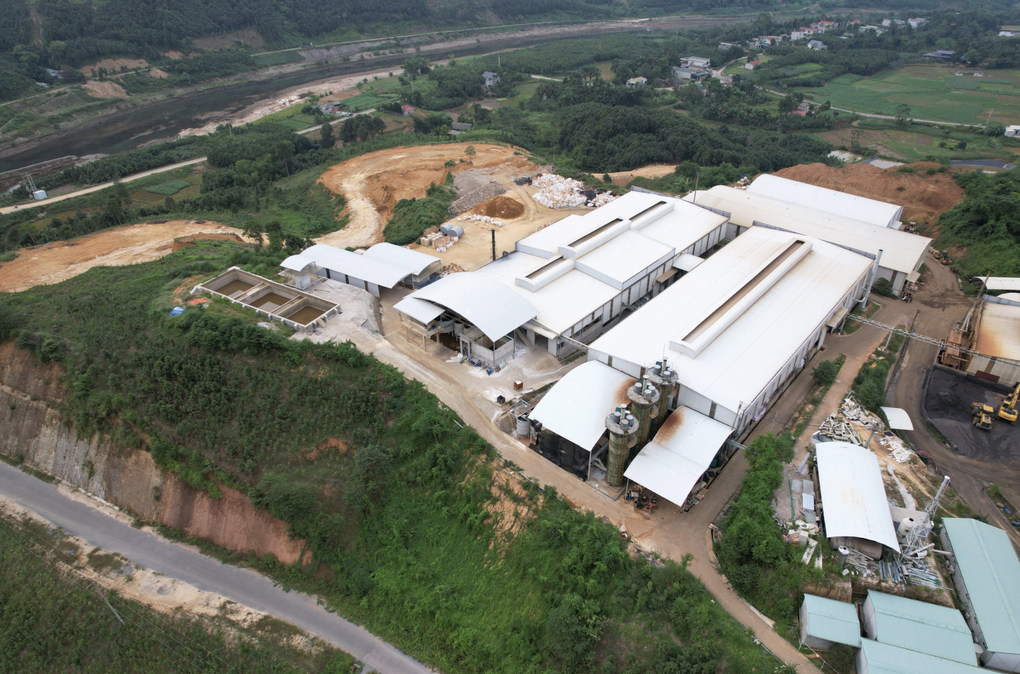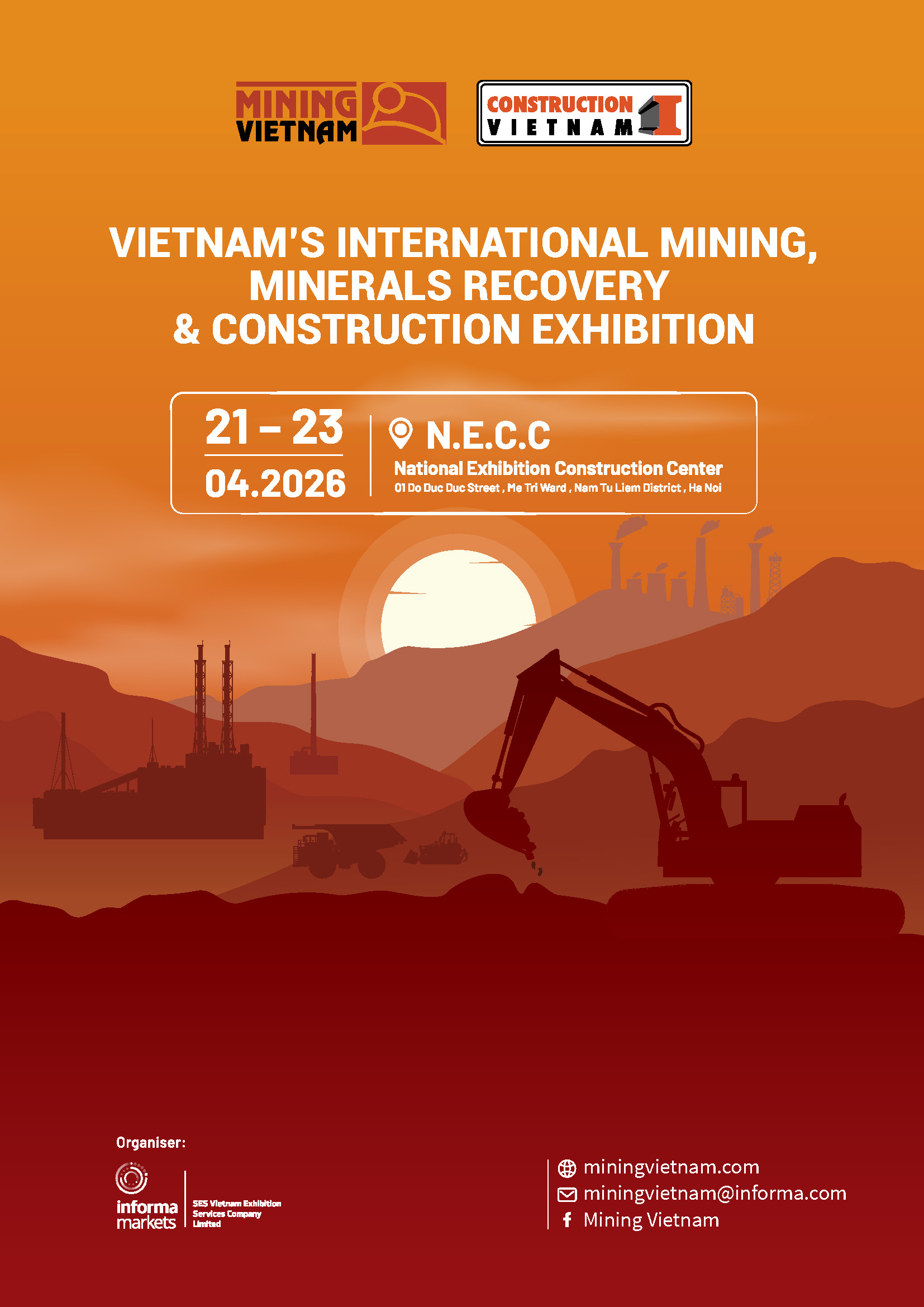Rare earth materials are a special type of mineral with crucial importance and strategic value for the development of cutting-edge industries and high technology. However, Vietnam has not yet been able to extract and process rare earth materials deeply due to a lack of technology for mining and processing these minerals. This field is often monopolized by other countries, and technology transfer is limited. Therefore, the state should focus on investing in research and technology for the extraction and processing of rare earth materials.
Vietnam has the second largest rare earth reserves in the world
According to estimates from the U.S. Geological Survey, the global reserve of rare earth materials is about 120 million tons. Vietnam’s rare earth reserve is estimated to be around 22 million tons, which accounts for more than 18% of the world’s rare earth reserves, making Vietnam the second-largest reserve holder in the world, after China with 44 million tons (over 36% of the world’s rare earth reserves). Rare earth materials contain 17 elements with special magnetic and electrochemical properties. These elements are strategic materials for the development of cutting-edge technologies and high-tech industries such as electronics, optics, lasers, superconducting materials, and luminescent materials.
Additionally, rare earth materials are used in the production of catalysts, magnets, alloys, abrasives, ceramics, and luminescent materials. They are essential in the manufacturing of various products, including mobile phones, hard disk drives, electric vehicles, solar panels, and wind turbines. Even though the global rare earth market’s trading value is currently below $10 billion per year, they are considered strategic resources that cannot be easily replaced by many countries, especially in the case of developed nations.
Rare earth elements in Vietnam are primarily found in the Northwest region. This area contains rare earth mines that have been explored and determined to have high economic value. The Northwest region is abundant in alkaline and alkali-rich magma rocks with rare earth elements, making it favorable for the formation of rare earth mines. Currently, the largest reserve of rare earth ore of the original type is in Lai Chau province, with the potential for industrial-scale extraction. Lai Chau province is known to have four rare earth mineral deposits. Some rare earth mines can also be found in other provinces such as Lao Cai, Yen Bai, Ha Giang, Cao Bang, and Lang Son.
Professor Chau Van Minh, an Academician and Chairman of the Vietnam Academy of Science and Technology, stated that, recognizing the importance of rare earth elements, the Party and the State of Vietnam have paid attention to exploration and assessment for over 40 years. Research in the direction of rare earth mineral extraction, processing, and application has been invested in by the State through science and technology programs, and positive results have been achieved through programs at the Vietnam Academy of Science and Technology. These results include the separation and purification of rare earth elements, using rare earth elements as catalyst materials, manufacturing rare earth NdFeB magnets, and producing multi-element micronutrient foliar fertilizers containing rare earth elements
Despite investments in rare earth research, Vietnam has not yet been able to extract and process rare earth materials extensively. The primary reason is that Vietnam lacks the technology for mining and processing rare earth materials. Only a few countries possess deep rare earth processing technologies, and they often keep these technologies under copyright, secrecy, and do not transfer them, such as China, the United States, and Australia. Additionally, investments in science and technology in this field in Vietnam have been insufficient and not well-focused, and the application of rare earth materials has not found a significant place in the market economy.
Focus on deep processing and application of rare earths
According to Professor Nguyen Quang Liem, the former director of the Institute of Materials Science (Vietnam Academy of Science and Technology), the phase of mining and processing raw ore has not been economically efficient, involves the use of harmful chemicals, and causes environmental pollution. Meanwhile, the majority of economic benefits come from the applications of rare earth materials. Therefore, Professor Nguyen Quang Liem proposes the development of a project and laboratory to enhance research capabilities and technology in mining and deep processing, focusing on the high-value industrial applications of rare earth materials.
Associate Professor, Dr. Hoang Anh Son, Deputy Director of the Institute of Materials Science, suggests that in the near future, the state needs to pay special attention to processing rare earth materials to meet export standards with a minimum total rare earth oxide content of 95%. Separation and purification of individual rare earth oxides should be carried out for research and production purposes, contributing to resource and environmental protection, as well as deep processing into metals. “As Vietnam is gradually becoming an attractive investment destination for electric vehicle and energy industries, developing domestic technology for producing rare earth metals as a strategic material is essential to assert control and cooperation,” emphasized Associate Professor, Dr. Hoang Anh Son.
Minister of Science and Technology Huynh Thanh Dat believes that it is necessary to enhance the capacity of domestic scientific research organizations in the field of rare earth materials to better understand the reserves and components of rare earth elements in mines. Research should also focus on perfecting technology for mining and deep processing of rare earth materials suitable for Vietnam’s ore. Minister Huynh Thanh Dat hopes that Vietnam will proactively possess the technology, support businesses in mining and deep processing of rare earth materials to meet domestic demand, and work towards export while ensuring environmental protection.
Source: Quandoinhandan










